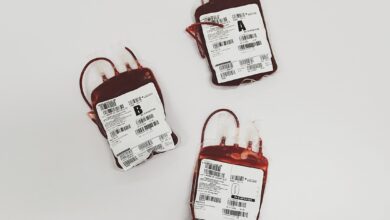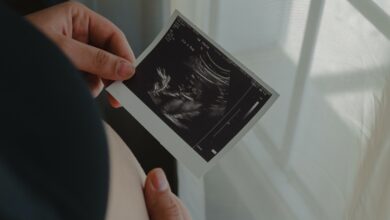
How do you define spinal pain?
Also called the spine, the spine is a “bone shaft” that supports the whole body. It includes seven cervical vertebrae in the neck, twelve dorsal vertebrae and five lumbar vertebrae located in the lower back.
These vertebrae are mobile, articulated relative to each other, thanks in particular to the intervertebral discs, which allow the stability and mobility of the joints. Many ligaments and muscles hold the structure together.
Spinal pain is common. They are also called “rachialgia”. They can be isolated or radiate into a limb. They can be diffuse or on the contrary very localized.
In the vast majority of cases, they are benign, linked to osteoarthritis of the vertebrae, but it is important to consult your doctor when pain persists. This pain can be indicative of serious conditions (tumor, vascular, infectious or inflammatory).
You should know that back pain as such affects about 80% of adults during their lifetime. It is a real public health problem, the prevalence of which has been steadily increasing for 50 years.
What causes spinal pain?
In the majority of cases, spinal pain is “common”, that is to say benign. They are often the consequence of osteoarthritis of the vertebral joints (interapophyseal joints) or lesions of the intervertebral discs, which wear out with age.
The consultation with the doctor will make it possible to better specify the pain, in particular:
- its location (lumbar, cervical, dorsal, etc.)
- its character (mechanical, inflammatory, nocturnal, etc.)
- the associated signs (stiffness, deformity, neurological signs, etc.)
An X-ray or MRI can help the doctor make the diagnosis.
Certain signs will particularly hold the attention of the doctor, because they can be associated with serious affections of the rachis. Here are some “red flags” or warning signs to be aware of:
– lumbar pain in a person under 20 or over 55, especially if it is the first lumbago or an elderly woman (it may be a vertebral compression related to a fracture caused by osteoporosis)
– presence of fever
– pain following a violent trauma
– insidious installation pain, without triggering factor, or which worsens (inflammatory, tumoral, infectious lesion)
– neurological signs
– associated chest pain
– radiating pain in one of the thighs (sciatica or cruralgia, herniated disc)
Rheumatological diseases, such as ankylosing spondylitis and other spondyloarthropathies, infectious diseases (infectious spondylitis), or even tumoral diseases (vertebral injury or intra-spinal tumor) may be involved.




